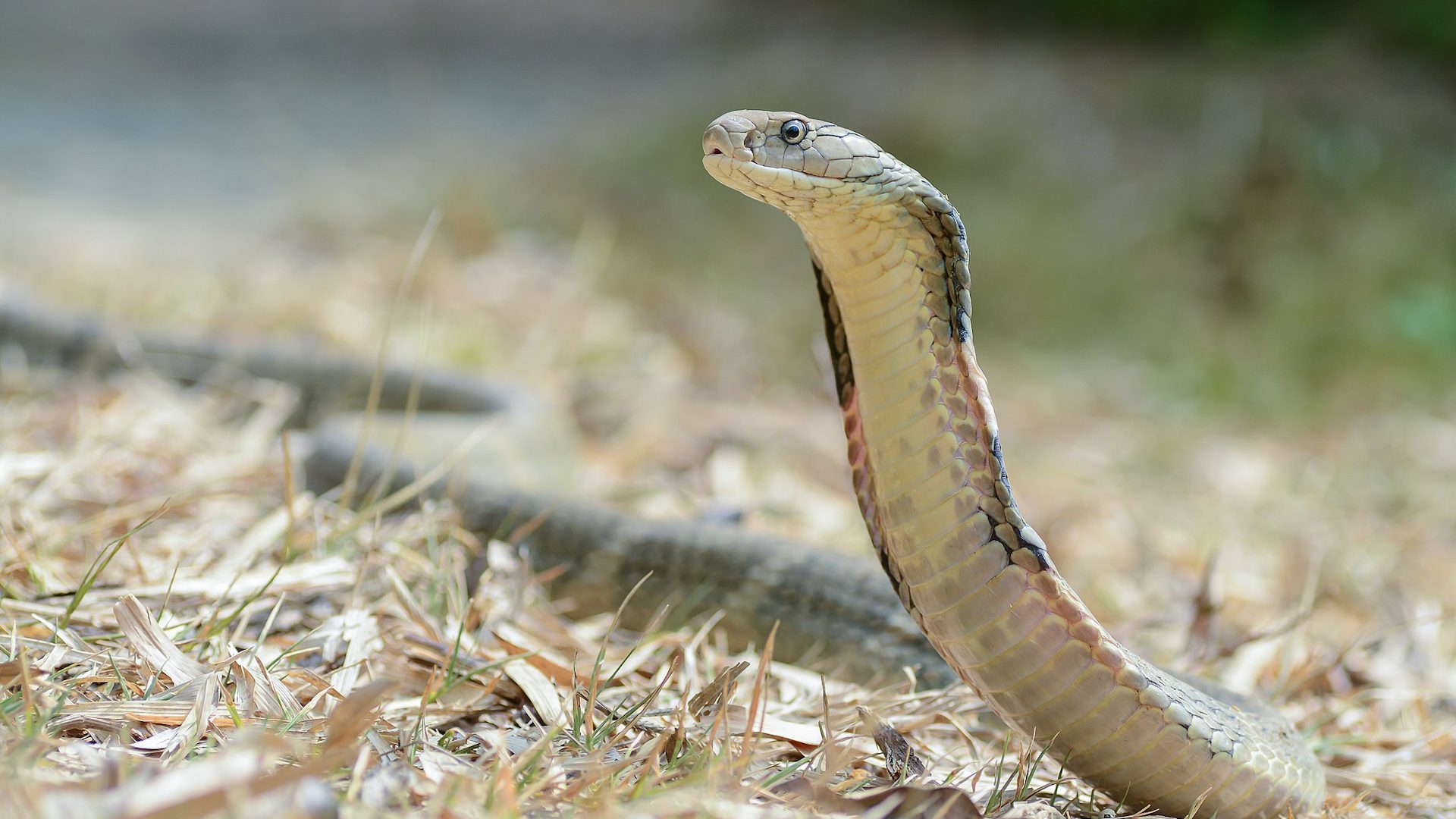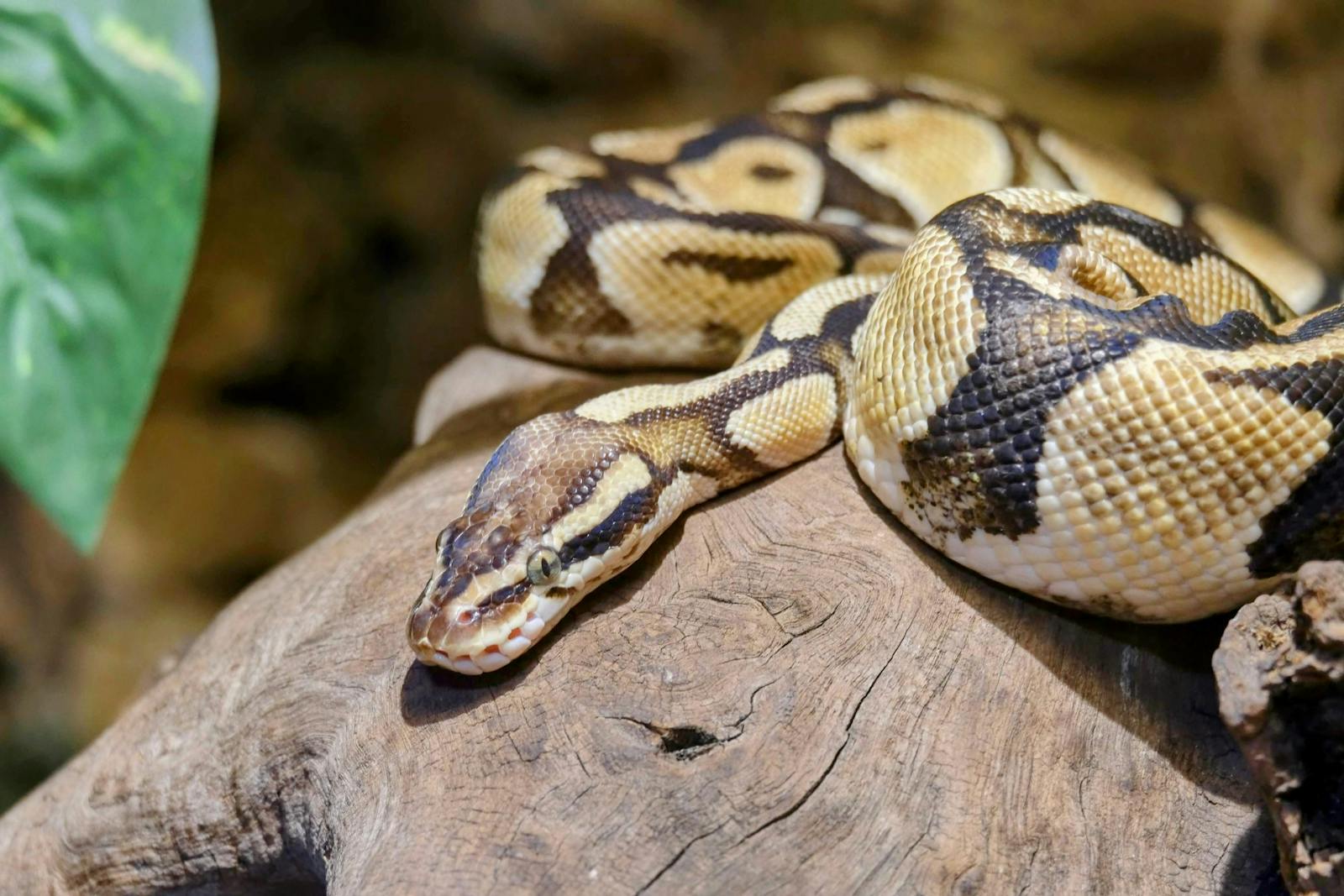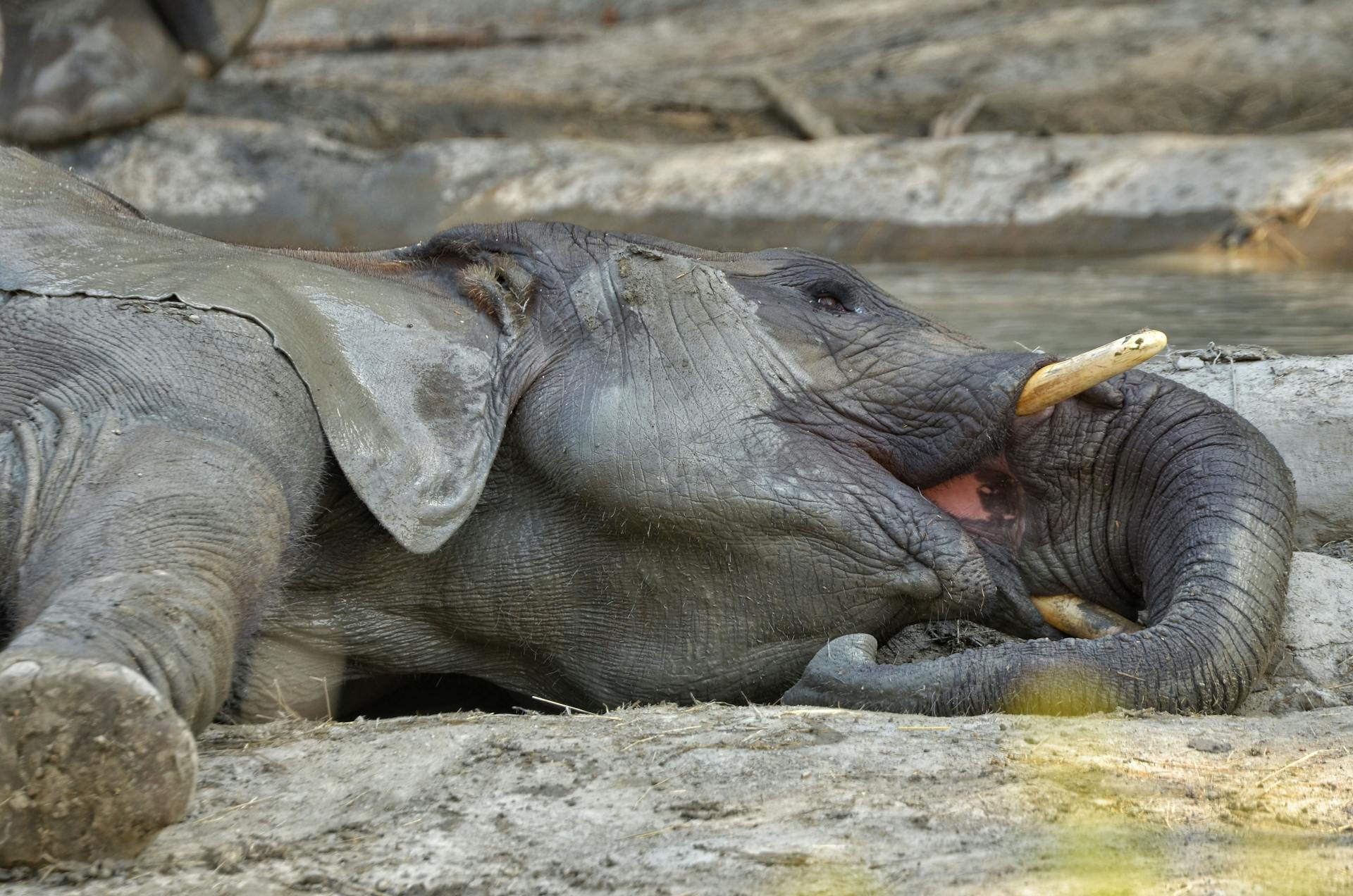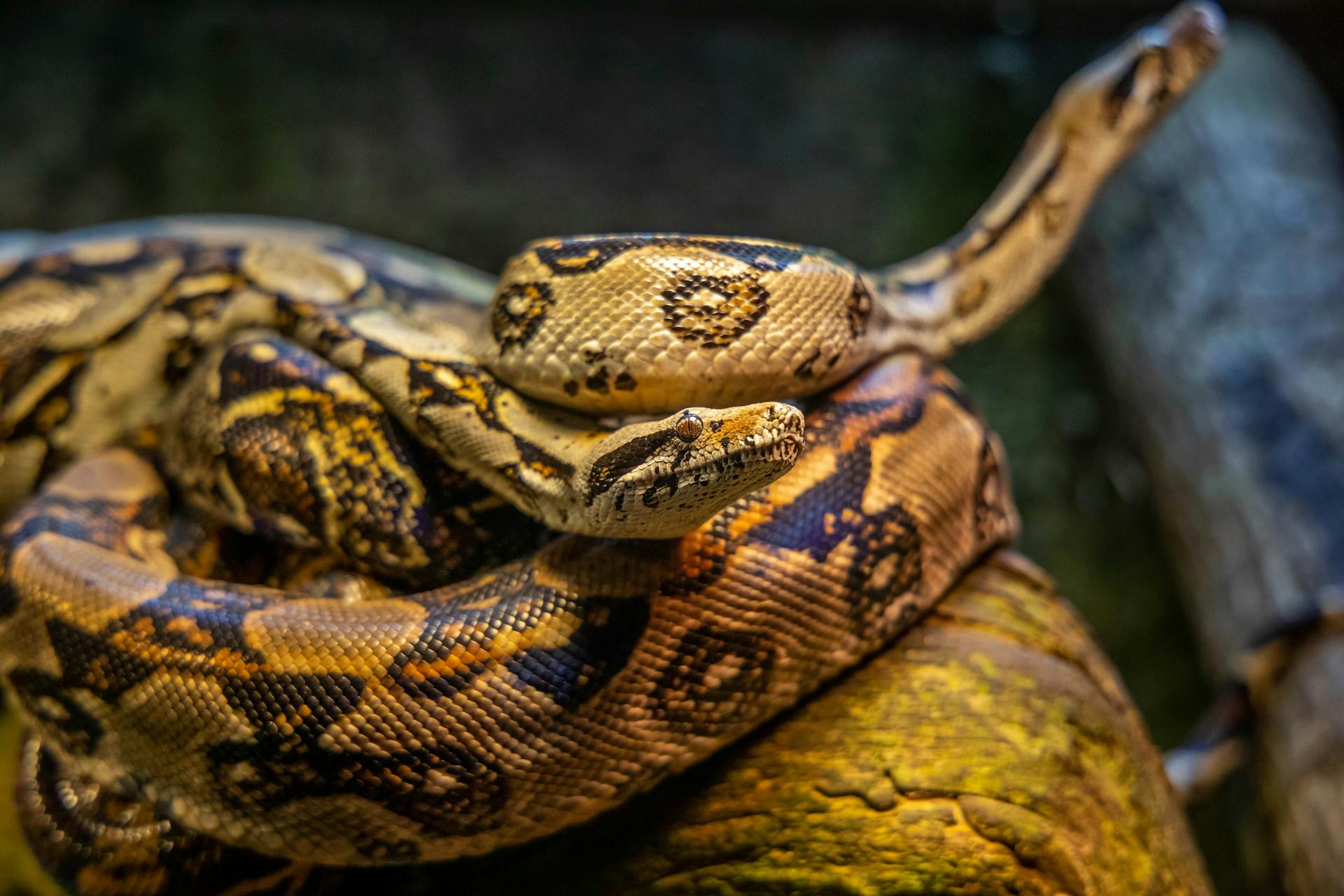In the fascinating world of reptiles, certain species have evolved extraordinary survival adaptations that push the boundaries of what seems biologically possible. Among these remarkable creatures, one stands out for its lethal capabilities combined with an astonishing ability to endure extended periods without food. The king cobra (Ophiophagus hannah), the world’s longest venomous snake, represents nature’s perfect balance of deadly efficiency and survival resilience. This magnificent predator has mastered the art of energy conservation, allowing it to thrive in challenging environments where meals might be inconsistent or scarce. Its metabolic adaptations and hunting strategies have made it one of the most successful reptilian predators on our planet, captivating both scientists and wildlife enthusiasts alike.
The King Cobra: A Lethal Marvel of Evolution
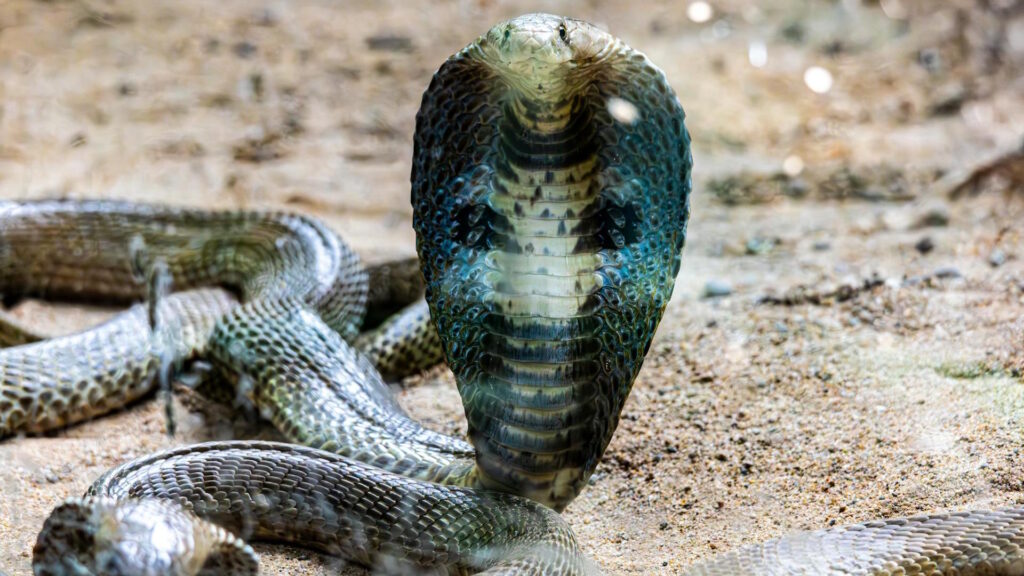
The king cobra stands as nature’s pinnacle of venomous reptile evolution, growing to impressive lengths of up to 18 feet, making it the longest venomous snake in the world. Its distinctive hood, which flares when threatened, serves as an unmistakable warning sign to potential predators and unwary humans alike. Unlike many other cobra species that belong to the genus Naja, the king cobra is the sole member of its genus Ophiophagus, which literally translates to “snake eater,” reflecting its specialized diet of other snakes. This apex predator possesses a sophisticated venom delivery system capable of injecting up to 7ml of neurotoxic venom in a single bite—enough to kill 20 adult humans or bring down an elephant. Despite its fearsome reputation, the king cobra is typically shy and will avoid human contact unless cornered or threatened, making it a complex creature that commands both fear and respect in its native range across Southeast Asia and parts of India.
Metabolic Mastery: The Science Behind Extended Fasting
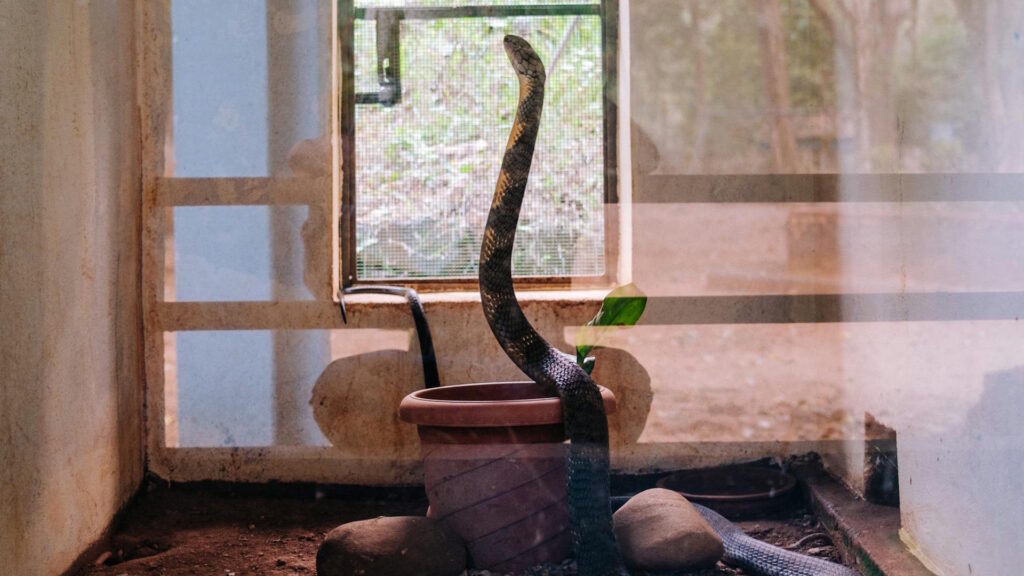
King cobras possess remarkable metabolic adaptations that allow them to survive without food for extended periods, sometimes up to several months. Unlike mammals, reptiles are ectothermic, meaning they don’t expend energy to maintain a constant body temperature, which significantly reduces their caloric requirements. During fasting periods, king cobras undergo a dramatic metabolic slowdown, reducing their energy expenditure by up to 70% compared to their normal state. Their digestive organs, including the intestines, stomach, and pancreas, actually shrink during fasting periods to conserve energy, then rapidly regenerate when food becomes available again. Additionally, these reptiles have evolved efficient methods of storing energy in the form of fat reserves, which can be slowly metabolized during lean times. This metabolic flexibility represents one of the most impressive adaptations in the animal kingdom, allowing these predators to survive seasonal fluctuations in prey availability that would prove fatal to most other vertebrates.
Feeding Patterns in the Wild vs. Captivity
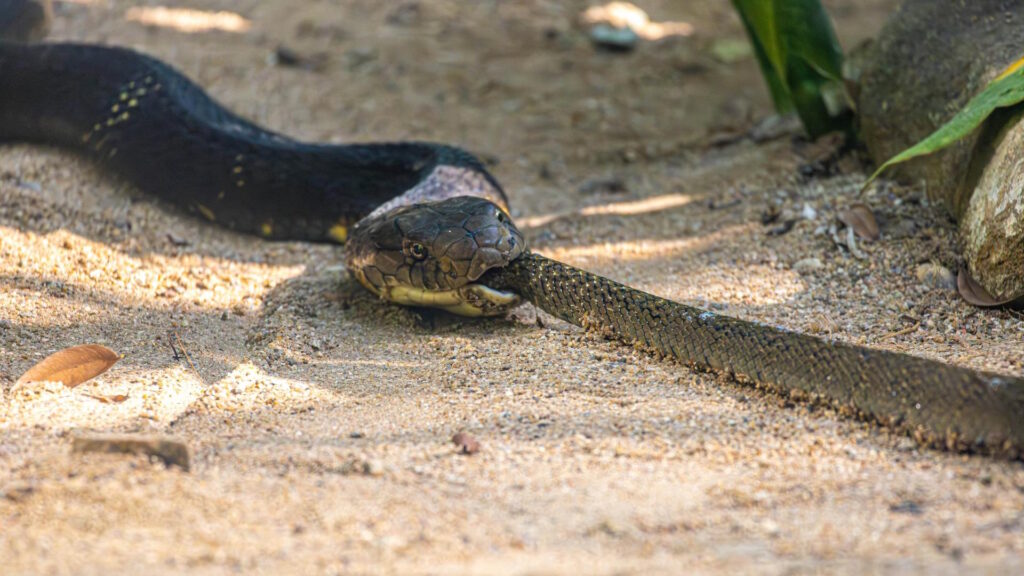
In their natural habitat, king cobras exhibit opportunistic feeding patterns that reflect the inconsistent availability of their preferred prey. These specialized ophiophagous (snake-eating) predators may consume large meals that can sustain them for weeks or even months, with adult specimens typically feeding only 10-12 times annually in the wild. After consuming a large snake, which might constitute up to 75% of its own body weight, a king cobra will retreat to digest its meal completely before hunting again—a process that can take 3-4 days and requires significant energy. In captivity, feeding schedules are more regulated, with zoos typically offering food every 2-3 weeks, though healthy specimens can still survive much longer periods without showing signs of malnutrition. Interestingly, captive king cobras sometimes adapt to eating rodents rather than their natural snake diet, though this dietary shift can affect their long-term health and metabolism. These differences in feeding patterns highlight the remarkable adaptability of these reptiles to varying environmental conditions and food availability.
Hunting Strategies: Efficiency and Energy Conservation
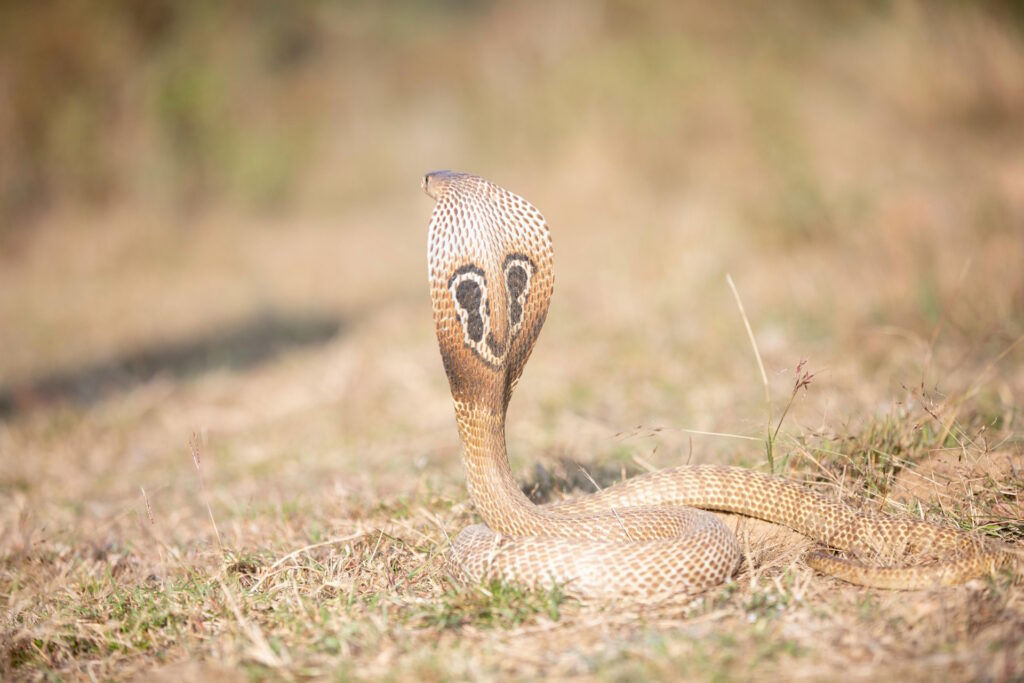
The king cobra has perfected hunting strategies that maximize energy efficiency, crucial for a predator that can go months between meals. Unlike ambush predators that wait for prey to approach, king cobras actively hunt using their exceptional vision and keen chemical sensory abilities through their forked tongues and Jacobson’s organ. Once a potential meal is detected, the king cobra employs calculated pursuit rather than high-energy chases, conserving valuable calories while tracking its target. When striking, these predators deliver precision bites, typically to the back of the prey’s head or neck, immobilizing their victim with potent neurotoxic venom that causes minimal damage to the prey’s body, making it easier to swallow whole. After a successful strike, the king cobra will follow its dying prey until paralysis sets in, another energy-saving tactic that avoids unnecessary exertion. These methodical hunting approaches represent evolutionary refinements that enable the snake to maintain its energy balance during extended periods between successful hunts, showcasing nature’s solution to the challenge of irregular food availability.
Seasonal Adaptations and Fasting Cycles
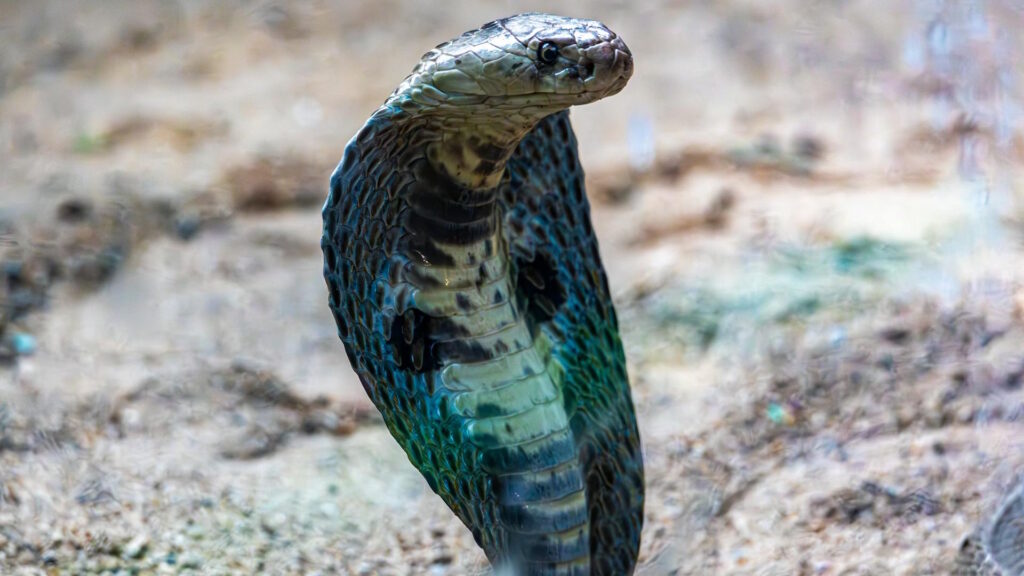
The king cobra’s ability to endure extended periods without food is intrinsically linked to the seasonal cycles within its native habitats across Southeast Asia and the Indian subcontinent. During the monsoon season, when prey abundance peaks, king cobras may feed more frequently, building essential fat reserves that will sustain them through leaner periods. Conversely, during dry seasons or colder months when prey becomes scarce, these reptiles naturally reduce their activity levels and enter a state of semi-dormancy, further decreasing their metabolic requirements. Male king cobras exhibit particularly pronounced fasting during breeding seasons, when they may go without food for up to 3-4 months while guarding their territory and seeking mates. Female king cobras demonstrate perhaps the most impressive fasting ability of all, remaining with their nests without feeding for the entire 60-90 day incubation period, protecting their eggs at the cost of significant weight loss. These seasonal adaptations showcase the remarkable synchronization between the king cobra’s biology and environmental rhythms, enabling survival through predictable cycles of abundance and scarcity.
Physiological Changes During Extended Fasting
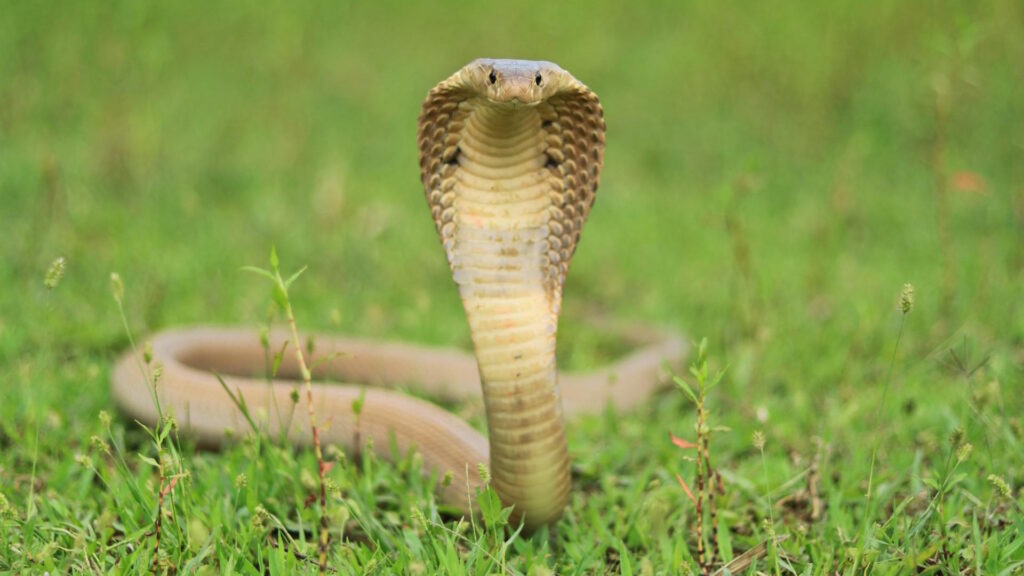
During prolonged fasting periods, king cobras undergo remarkable physiological transformations that extend well beyond simple metabolic slowdown. Their bodies initiate a process called autophagy, where non-essential cellular components are broken down and recycled for energy, preserving vital organ function while minimizing tissue damage. Blood chemistry shifts dramatically, with increased levels of ketone bodies—alternative energy sources derived from fat metabolism—becoming prevalent as glucose reserves diminish. The reptile’s immune system undergoes significant modulation, with some components being temporarily downregulated to conserve energy while maintaining baseline protection against pathogens. Perhaps most striking is the cobra’s ability to reduce its heart rate by up to 80% during extended fasting, sometimes dropping to just a few beats per minute, while simultaneously redirecting blood flow to prioritize vital organs. Kidney function also adapts to conserve water and essential minerals, with specialized filtration adjustments that prevent dehydration and electrolyte imbalances during these extended nutritional droughts. These comprehensive physiological adaptations represent millions of years of evolutionary refinement, creating a survival system unparalleled in the vertebrate world.
Comparing King Cobras to Other Long-Fasting Reptiles
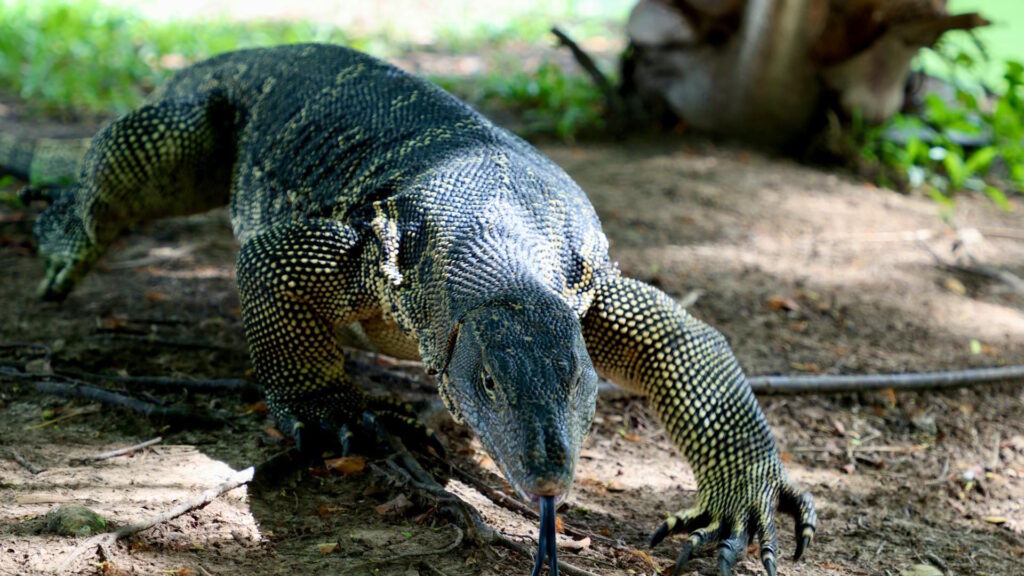
While the king cobra’s fasting abilities are impressive, they exist within a spectrum of extraordinary reptilian adaptations to food scarcity. Reticulated pythons, for instance, can survive up to two years without feeding after consuming a large meal, though they lack the king cobra’s lethal venom and active hunting style. Komodo dragons represent another fascinating comparison, as these massive lizards can subsist for months after gorging on large prey, though they rely more heavily on bacterial infections from their bite rather than venom to subdue prey. Desert-dwelling reptiles like the Gila monster have evolved specialized fat storage in their tails, allowing them to survive seasonal food shortages in their harsh environment. Crocodilians demonstrate perhaps the most extreme fasting capacity, with documented cases of Nile crocodiles surviving over three years without food, though their semi-aquatic lifestyle and ambush hunting strategy differs significantly from the king cobra’s approach. These comparative examples highlight different evolutionary solutions to the same fundamental challenge of inconsistent food availability, with the king cobra representing a unique balance between active predation, lethal efficiency, and metabolic adaptation.
The Role of Venom in Extended Survival
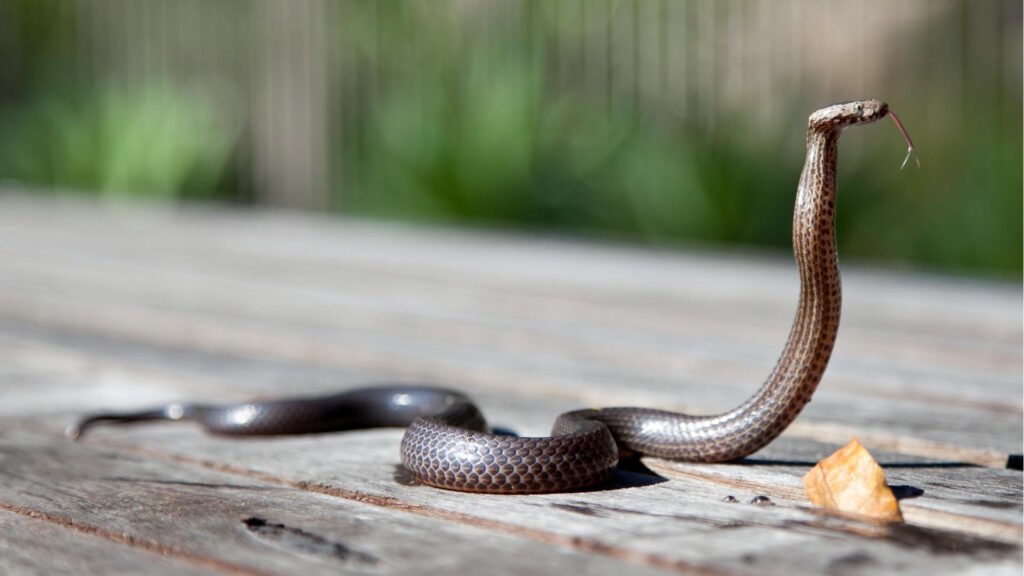
The king cobra’s sophisticated venom system plays a crucial role in its ability to survive extended fasting periods by maximizing hunting efficiency when opportunities arise. Unlike some venomous snakes that use primarily hemotoxic venom that damages tissue and blood, the king cobra’s predominantly neurotoxic venom rapidly immobilizes prey by blocking nerve impulses, significantly reducing the energy expended during prey capture and minimizing the risk of injury from struggling prey. This specialized venom contains over 50 different proteins and peptides that work synergistically to paralyze prey quickly, allowing the cobra to conserve precious energy reserves that would otherwise be depleted in prolonged struggles. Interestingly, the king cobra can control its venom expenditure, delivering “dry bites” or partial venom loads when defending itself, while using full venom injection when hunting—an adaptation that conserves this metabolically expensive resource for actual feeding opportunities. Additionally, the cobra’s venom contains digestive enzymes that begin breaking down prey tissues even before consumption, effectively starting the digestion process externally and reducing the energy required for processing food once swallowed. This sophisticated venom system represents a key adaptation that complements the snake’s metabolic efficiency, creating an integrated survival strategy that enables its remarkable fasting capabilities.
Behavioral Adaptations During Food Scarcity

When facing extended periods without food, king cobras implement remarkable behavioral strategies that complement their physiological adaptations for survival. During fasting periods, these typically territorial reptiles may reduce their patrol range by up to 70%, conserving energy by limiting unnecessary movement while still maintaining awareness of their core territory. Their daily activity patterns shift noticeably, with fasting cobras becoming primarily crepuscular (active at dawn and dusk) rather than diurnal, taking advantage of cooler temperatures that require less energy expenditure while still providing sufficient visibility for hunting opportunities. These reptiles also become significantly more selective about their microhabitat choices during fasting, seeking locations that offer optimal thermoregulation opportunities with minimal movement, often selecting sites with dappled sunlight that allow precise control of body temperature throughout the day. Perhaps most fascinating is their increased vigilance at water sources during dry periods, as these become natural gathering points for potential prey, allowing the fasting snake to conserve energy while maximizing hunting opportunities. These behavioral modifications demonstrate the remarkable plasticity of king cobra behavior, representing learned or instinctual responses that have evolved specifically to enhance survival during periods of nutritional stress.
Reproductive Impacts of Extended Fasting
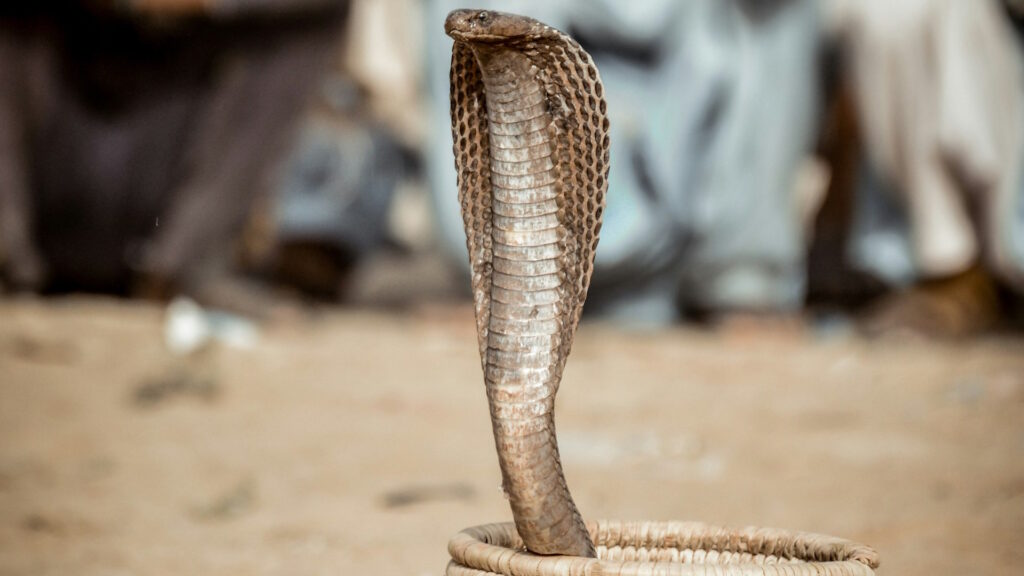
The king cobra’s reproductive biology is intricately connected to its fasting capabilities, with both males and females demonstrating remarkable reproductive adaptations linked to food availability. Female king cobras typically require substantial energy reserves before initiating egg production, with research indicating that they must achieve approximately 70% of their optimal body weight before ovulation can occur—a threshold mechanism that prevents reproduction during times of scarcity. During the nesting period, females exhibit one of the most extreme maternal fasting behaviors in the reptile world, remaining with their eggs for the entire 60-90 day incubation period without feeding, losing up to 30% of their body weight while protecting their clutch from predators. Male king cobras, meanwhile, often cease feeding during the breeding season, focusing all energy on mate-seeking and territorial defense, sometimes fasting for 3-4 months while competing for breeding opportunities. Following these reproductive fasting periods, both sexes typically enter an intensive feeding phase to restore depleted energy reserves, with females sometimes consuming twice their normal prey intake in the months following hatching. These reproductive adaptations showcase how the king cobra’s extraordinary fasting abilities have become integrated into its life history strategy, enabling successful reproduction even in environments with unpredictable food resources.
Conservation Implications of Fasting Abilities
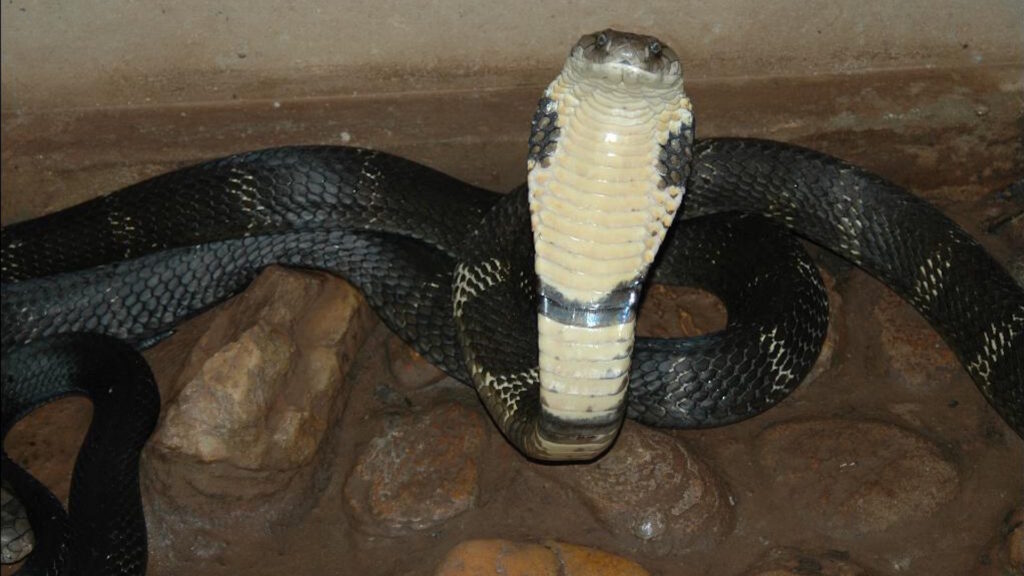
The king cobra’s remarkable fasting capabilities have significant implications for conservation efforts aimed at protecting this vulnerable species. Their ability to endure extended periods without food theoretically provides a buffer against short-term habitat disruptions or prey scarcity, potentially offering greater resilience compared to species with more frequent feeding requirements. However, this adaptation may create a dangerous conservation blind spot, as population declines might go undetected for longer periods since individuals can survive despite deteriorating habitat conditions, creating a delayed response to conservation interventions. Climate change presents a particular challenge, as increasing temperatures may elevate the metabolic rates of these ectothermic reptiles, potentially reducing their fasting capacity just as prey populations face their own climate-related pressures. In captive breeding programs, understanding the nuances of king cobra fasting cycles has proven crucial for successful reproduction, with many facilities now mimicking natural seasonal variation in feeding schedules to trigger breeding behaviors. Conservation strategies must also consider how human habitat modifications affect the specialized prey species that king cobras depend upon, as their ophiophagous diet makes them particularly vulnerable to cascading ecological disruptions that reduce snake biodiversity. By incorporating knowledge of these unique physiological adaptations into conservation planning, researchers hope to develop more effective protection strategies for this iconic but increasingly threatened reptile.
Misconceptions and Myths About Fasting Snakes
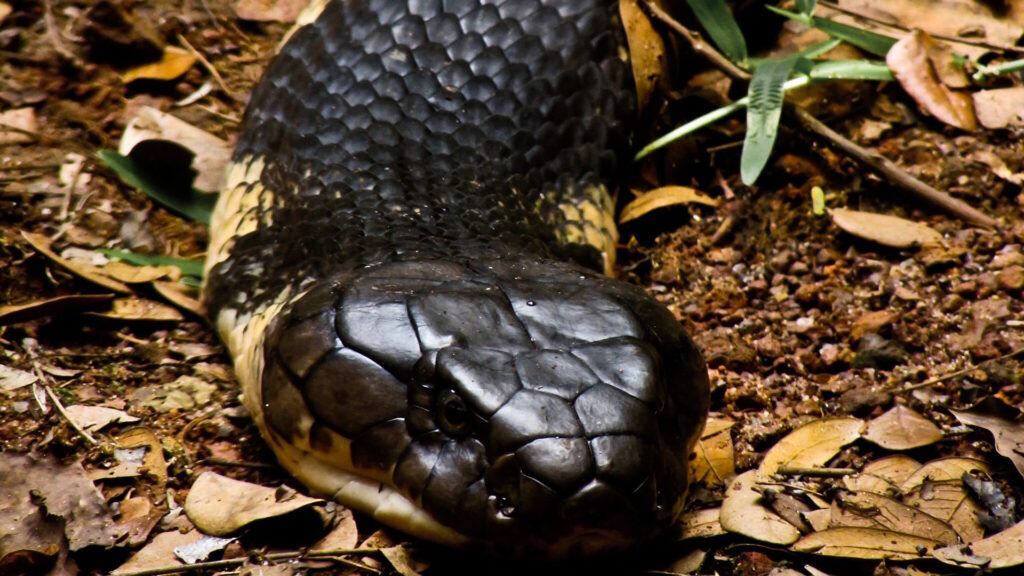
Despite scientific advancements in understanding reptilian metabolism, numerous misconceptions persist about the king cobra’s fasting abilities that often lead to misunderstandings about their care and conservation. One common myth suggests that king cobras can survive indefinitely without food, when in reality even their remarkable adaptations have limits, with most healthy specimens unable to survive beyond 6-8 months of complete fasting before suffering irreversible organ damage. Another widespread misconception is that fasting represents a completely dormant state similar to hibernation, when in fact fasting king cobras remain alert and capable of complex behaviors, including hunting when opportunities arise. In captivity, well-meaning but misinformed keepers sometimes deliberately underfeed these reptiles based on the belief that restrictive feeding promotes health and longevity, despite evidence that regular, appropriate feeding is essential for their long-term wellbeing. Perhaps most dangerously, the cobra’s ability to fast has sometimes been misinterpreted as evidence that these reptiles don’t require specialized care in captivity, leading to inadequate husbandry practices that fail to account for their complex nutritional and environmental needs. Addressing these misconceptions is essential not only for proper captive management but also for developing effective conservation strategies that accurately account for the king cobra’s true biological capacities and limitations.
Future Research Directions
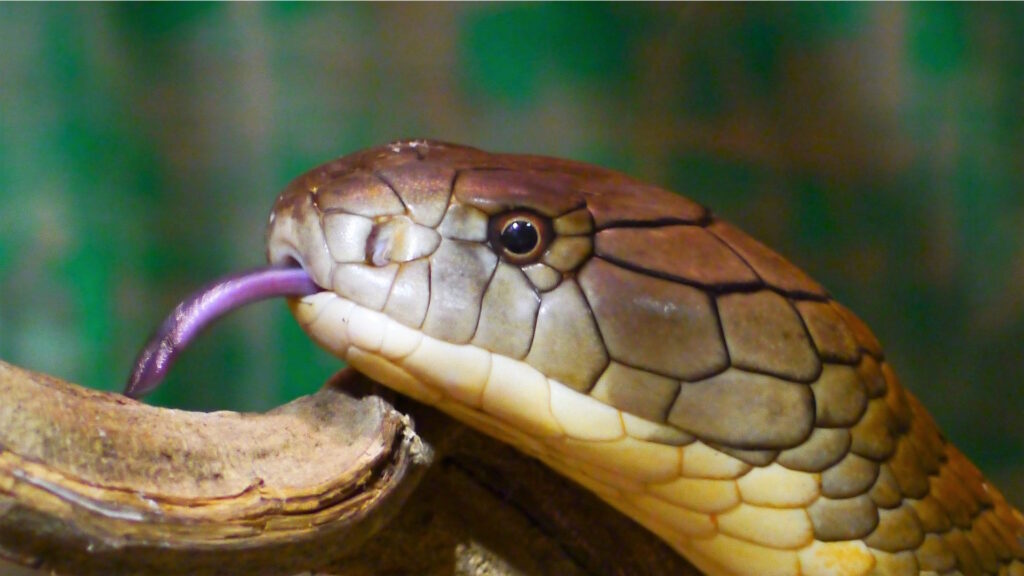
The remarkable fasting capabilities of king cobras continue to inspire cutting-edge research across multiple scientific disciplines, with several promising avenues emerging for future investigation. Molecular biologists are increasingly focused on identifying the genetic mechanisms that regulate the cobra’s extreme metabolic flexibility, with potential applications for understanding and treating human metabolic disorders like diabetes and obesity. Advances in non-invasive monitoring technologies now allow researchers to track wild king cobras through extended fasting periods, providing unprecedented insights into how these adaptations function in natural settings rather than laboratory conditions. Comparative studies examining differences in fasting capabilities across king cobra populations from various habitats may reveal how these adaptations are shaped by local environmental pressures and genetic factors. The emerging field of microbiome research presents particularly exciting possibilities, as preliminary studies suggest that the gut bacterial communities of king cobras undergo significant shifts during fasting periods, potentially playing active roles in energy conservation and tissue preservation. Perhaps most promising for conservation efforts are ongoing studies examining how climate change may impact the cobra’s fasting resilience, with researchers developing predictive models to identify populations most vulnerable to temperature-related metabolic stress. These diverse research directions reflect the continuing scientific fascination with the king cobra’s extraordinary physiological capabilities, promising new insights that extend well beyond herpetology into broader biological and medical applications.
Conclusion
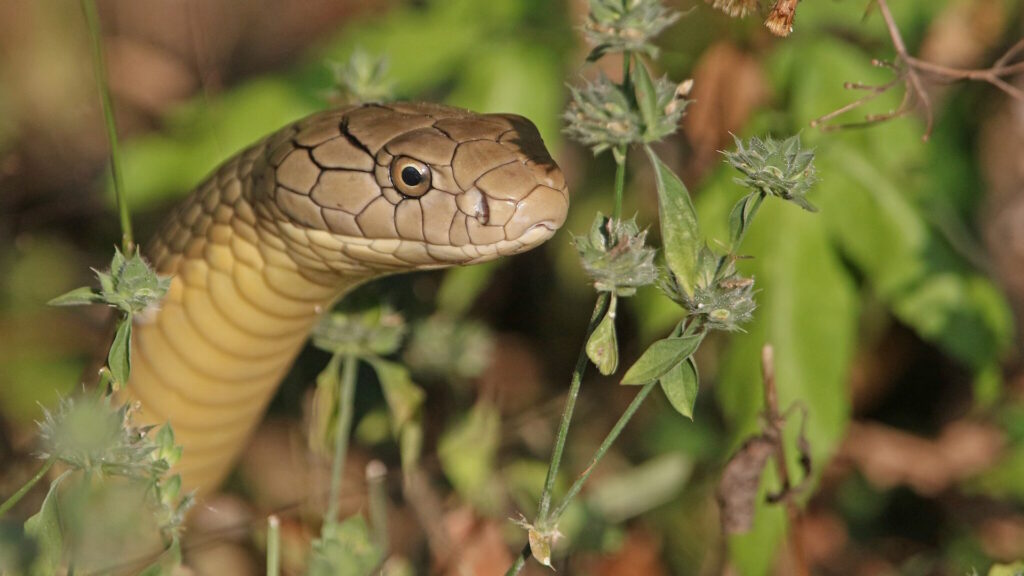
The king cobra stands as a testament to nature’s ingenuity, evolving sophisticated biological systems that allow it to thrive despite unpredictable food availability. Its ability to survive months without eating, while maintaining its status as one of the world’s most formidable predators, represents a remarkable evolutionary balancing act. These adaptations—metabolic, physiological, and behavioral—work in concert to create a survival strategy that has proven successful for millions of years. As we continue to unravel the mechanisms behind these extraordinary capabilities, the king cobra offers valuable lessons about biological efficiency and adaptation that extend far beyond herpetology. In a world of increasing environmental uncertainty, understanding how these magnificent reptiles navigate the fundamental challenge of inconsistent resources may provide insights not only for conservation but for broader applications in medicine and biology. The king cobra, with its lethal precision and remarkable resilience, truly embodies the perfect fusion of deadly efficiency and survival mastery.

